12 People Confirm a Creepy Memory They Have That Nobody Else Seems to Remember

The cause of the Titanic crash was an iceberg. Or so we’ve always been told... But new research has come to light that debunks this theory. On April 15th, 1915, Titanic, the biggest ship of its time, completely disappeared under the ice-cold surface of the Atlantic Ocean.
It’s hard to believe that such a massive and expensive creation could be destroyed by one simple iceberg, right? Well, recent findings suggest that the real cause of the disaster was a fire, not an iceberg.
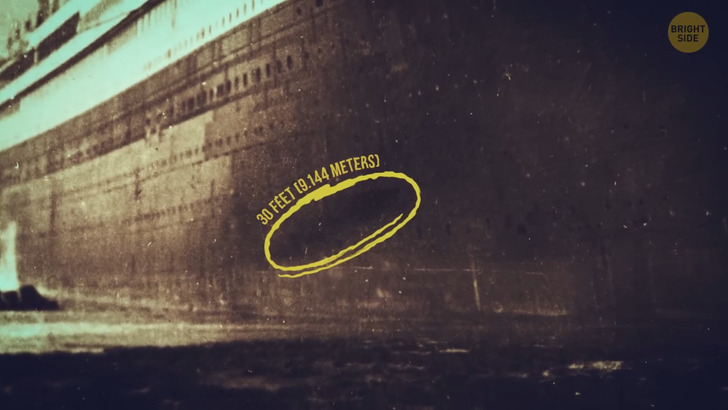
For over three decades, journalist Senan Molony has dedicated himself to studying the sinking of the Titanic. During his research, he made a significant discovery that shed new light on the well-known story. Molony discovered a massive black spot on the hull of the Titanic, which measured an impressive 30 feet in length. He found it thanks to an unpublished album of photographs that showcased the construction and preparation of the ill-fated ship’s first and final journey.
Can you believe that most probably the fire on the Titanic had been burning at extreme temperatures for three whole weeks before anyone noticed it? Crazy, right? Apparently, the high temperature corrupted the metal, making it 75% weaker. That’s why the iceberg was able to make a hole in the ship. If not for the fire, the Titanic might have survived the crash, because the iceberg apparently hit the exact spot we are talking about. And this is only one link in the chain of incredible coincidences that brought the Titanic down.
The people in charge of the Titanic knew about the fire and knew the ship shouldn’t have set sail. But they didn’t want to go bankrupt and cancel the trip, especially since there was a coal shortage due to miners being on strike. The trip was already sold out, and there were no alternatives: other ships cancelled their trips due to low demand. Everyone wanted to board the Titanic!
So the management bought up all the coal they could find, even from other ships, and set off. It was all about making money. To hide the truth, they turned the ship’s hull so that the marks weren’t visible from the dock and faced the sea. This way, the passengers wouldn’t see them.
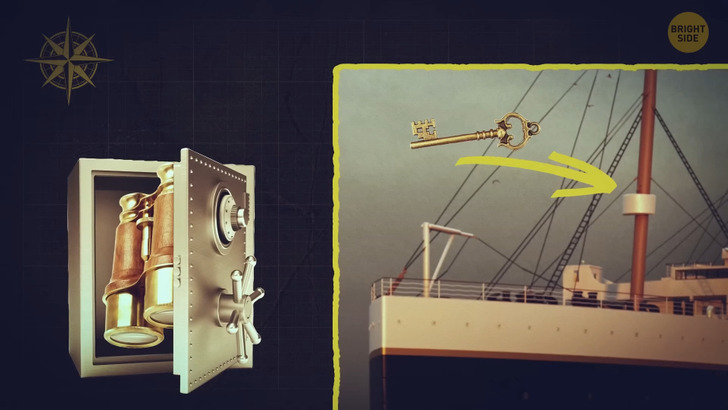
Here’s another sad twist in the Titanic’s story. Back then, there weren’t any sonar systems to detect danger, so specially trained people had to watch out for threats using binoculars. But the binoculars on the Titanic were locked away in a special compartment, and the only person with the key, Second Officer David Blair, was replaced last-minute before the ship took off. He forgot to hand the key over to his replacement.
This mistake wasn’t discovered until three days later when the ship was already at sea. If they had the binoculars, they might have seen the iceberg in time and avoided the crash. But even if they had the binoculars, they might not have been able to avoid the crash because the Titanic was going faster than it was supposed to. They were behind schedule and didn’t want to ruin the ship’s reputation, so they were going way beyond the speed limits the ship’s construction could sustain.
One of the biggest mistakes made on the Titanic was the decision to not include enough lifeboats. Even though the ship needed around 60 of them to contain all the passengers, it was only equipped with 20. The designer, Alexander Carlisle, had initially planned for 48 lifeboats, but this number was reduced for aesthetic purposes. Apparently, having too many lifeboats would have made the deck look too cluttered.
These 20 boats were only able to hold a third of the passengers on board, which was not nearly enough to save everyone in the event of an emergency. What’s even more shocking is that this number of lifeboats was technically legal at the time. Regulations for lifeboats were based on the tonnage of the ship, not the number of passengers. This means that even though the Titanic was carrying thousands of people, it still met the legal requirements for lifeboat capacity.
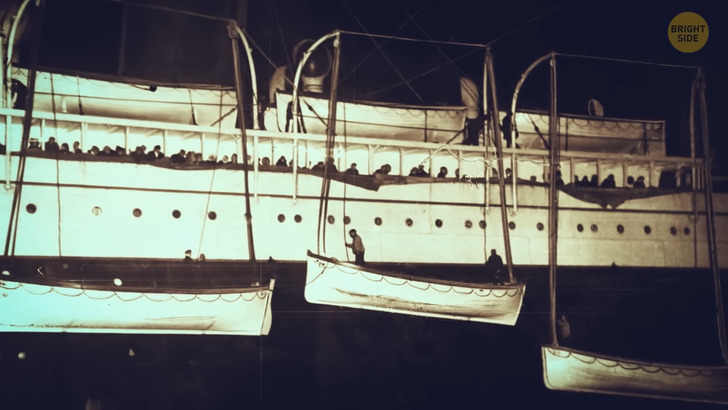
Another serious mistake made by the crew was the decision to cancel the lifeboat drill scheduled for the day of the disaster. Lifeboat drills were standard practice on ocean liners at the time, but for no apparent reason, Captain Edward John Smith chose to cancel it. This meant that passengers were not prepared for an emergency, and the crew was not adequately trained to handle the situation.
When the ship hit the iceberg, chaos ensued, and it took over half an hour to launch the lifeboats instead of the usual 10 minutes. Some folks put the blame on Captain Smith for the fact that the first set of lifeboats left partially empty. The very first lifeboat, which had seats for 65 people, only carried 27 passengers. There is an objective reason for this. At the beginning, people were reluctant to abandon the ship and didn’t understand the gravity of their situation.
n 2012, researchers uncovered that Captain Smith failed his initial navigation exam. Although he eventually passed, some people wonder if this could have played a role in the disaster. During the Titanic’s final moments, the crew attempted to send out distress signals to nearby ships, including the Californian. However, the Californian failed to respond to the flares shot into the sky, and the captain ultimately lost his job as a result of this negligence. However, recent research has exonerated the captain and proved his innocence.
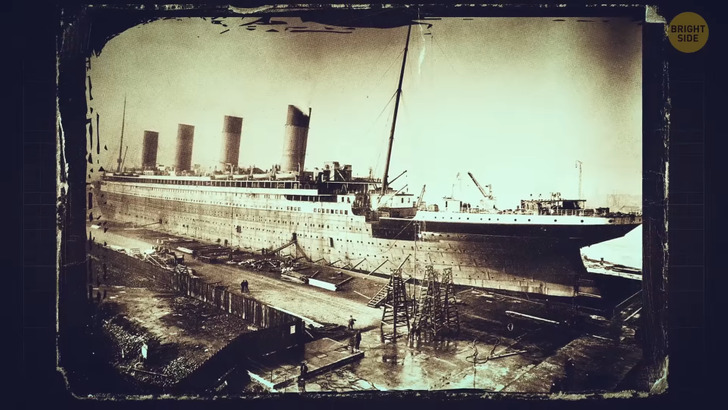
It turns out that light refraction, caused by layers of cold air below warmer air, created mirages that distorted the signals from the Titanic. This phenomenon had been observed by other ships sailing in the area and is now believed to be the reason why the lookouts on the Titanic missed the iceberg completely.
Historian Tim Maltin supports this theory and has further contributed to our understanding of this event. It’s unfortunate that the captain of the Californian lost his job due to circumstances beyond his control, but it’s better late than never that his reputation is cleared. Whatever the reason for Titanic’s crash was, it still keeps the minds of scientists busy to this day. But let’s see, what the buzz was all about? What made the Titanic so famous and unique?
The Titanic was massive, standing at 175 feet tall and nearly 900 feet long. The ship was so enormous that even the officers took over two weeks to memorize all the decks and passageways. You could be walking miles along its corridors. The construction cost of the ship was a whopping $7,500,000, which would be equivalent to about $166,000,000 in the mid-2010s, due to inflation. Interestingly, the production cost of the Titanic movie in 1997 was even higher at $200,000,000.
Building the Titanic was no small feat, and it required a labor force of 3,000 men who worked six days a week for 26 months. The job was difficult and dangerous, and workers had to complete tasks at the height of a twenty-story building without safety ropes. Nevertheless, they were paid a competitive wage of 2 pounds a week, which was considered good pay at the time.
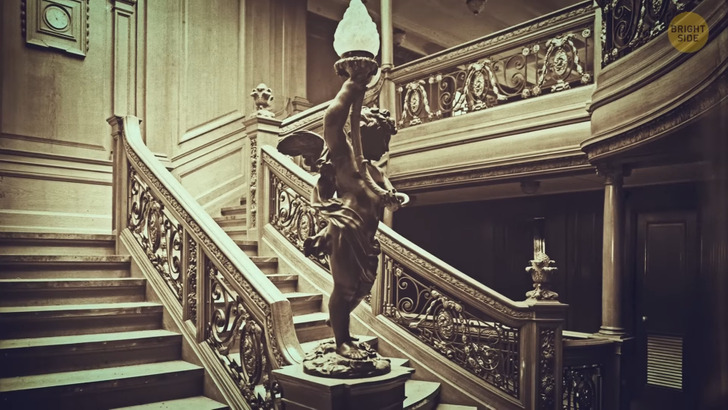
The inside of the Titanic was inspired by the luxurious Ritz Hotel in London. The most impressive feature of the ship’s interior was the Grand Staircase, which extended through 7 of the ship’s 10 decks. The staircase was adorned with ornate paintings, bronze cherubs, and oak paneling.
The first-class passengers had access to an impressive array of facilities, including a heated swimming pool, Turkish bath, gym, squash court, beauty salon, and even a stylist to help them prepare for dinner. First-class passengers on the Titanic were pampered to an extraordinary extent. They had their own onboard newspaper, The Atlantic Daily Bulletin, and even their dogs were taken care of with a special area where they could be fed, walked, and trained during the voyage.
The first-class meals were a grand affair, with 13 courses and a different wine for each course. These dinners could last up to five hours, and they were certainly something to look forward to. With such opulence and luxury on board, it’s not surprising that so many people were eager to take the first trip on the Titanic.











